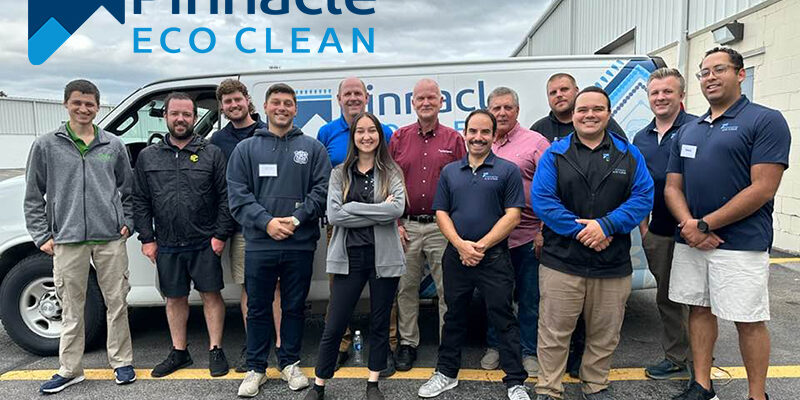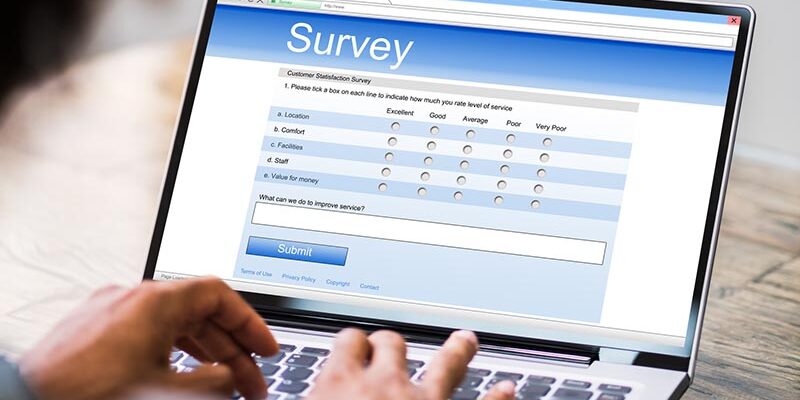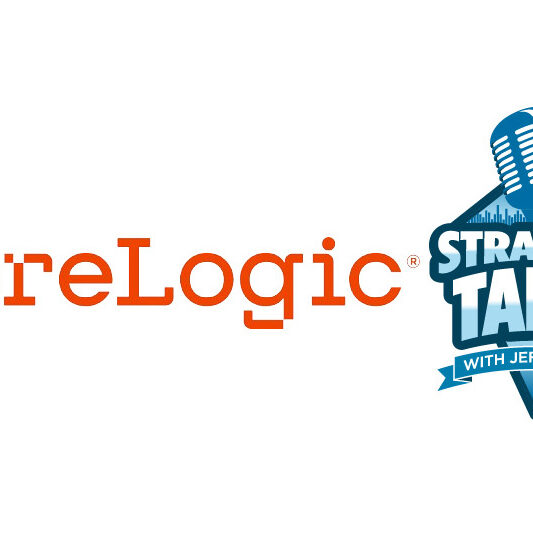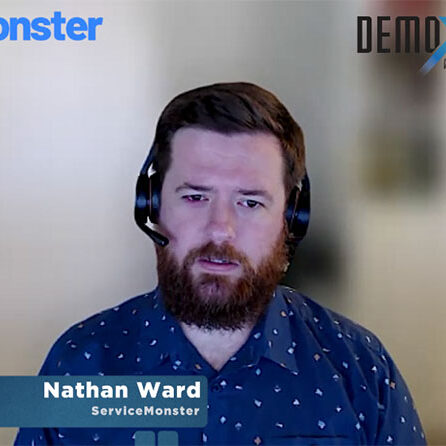Labor Department Updates Policies for Mental Health, Childcare, Cybersecurity & More
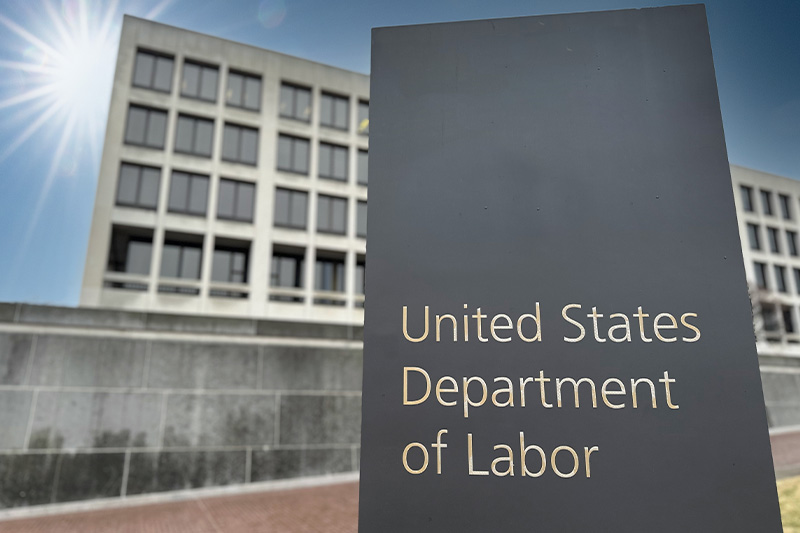
This week and last, the U.S. Department of Labor (DOL) has implemented several new benefits, policies and guidance for the labor market. Check out what’s new below:
Mental Health
The DOL along with the departments of Health and Human Services and the Treasury issued final rules to strengthen protections to expand access to mental health and substance use disorder care. Released on Sept. 9, the rules build on the departments’ commitment to achieving the full promise of the Mental Health Parity and Addiction Equity Act of 2008. The act requires group health plans and health insurance issuers offering group and individual health insurance coverage that offer mental health or substance use disorder benefits to cover those benefits in parity with medical and surgical benefits, without imposing greater restrictions on mental health or substance use disorder benefits as compared to medical and surgical benefits.
More than 15 years after the law’s enactment, the departments’ enforcement efforts have shown that many still encounter barriers to accessing mental health and substance use disorder care as compared to medical and surgical care under their health plan or coverage.
“Simply put, getting care for anxiety should be as easy as getting medical help for an injured shoulder, and getting medication to treat depression should be as simple as getting medication to treat high cholesterol,” said Lisa M. Gomez, Employee Benefits Security assistant secretary.
Investing in America and Investing in Americans Executive Order
On Sept. 6, the Biden-Harris administration announced the Investing in America and Investing in Americans Executive Order to drive more federal dollars toward good-paying, safe jobs offering the right to organize and providing critical benefits such as childcare. The Executive Order builds upon the work of the DOL’s Good Jobs Initiative, which provides resources to maximize the creation of good jobs through federal investments. Through the DOL and nine agency partners, around US$240 billion in federal projects are more likely to pay better wages, hire people of color, and offer benefits such as childcare, healthcare, and transportation.
Cybersecurity
In its continuing effort to protect U.S. workers’ retirement and health benefits, on Sept. 6 the DOL updated current cybersecurity guidance confirming that it applies to all types of plans governed by the Employee Retirement Income Security Act, including health and welfare plans, and all employee retirement benefit plans. The new Compliance Assistance Release issued by the department’s Employee Benefits Security Administration provides best practices in cybersecurity for plan sponsors, plan fiduciaries, recordkeepers, and plan participants. The release updates EBSA’s 2021 guidance and includes the following:
Child Labor
On Sept. 5, the DOL’s Bureau of International Labor Affairs published the 11th edition of its List of Goods Produced by Child Labor or Forced Labor and the 23rd edition of the Findings on the Worst Forms of Child Labor. In addition to identifying the types of products, the industries involved and where they exist, the reports assist foreign governments in developing effective policy responses, and support businesses’ due diligence and risk management in their supply chains. The International Labor Organization estimates millions of people worldwide are working in abusive labor conditions, including 160 million children in child labor and nearly 28 million people in forced labor.


